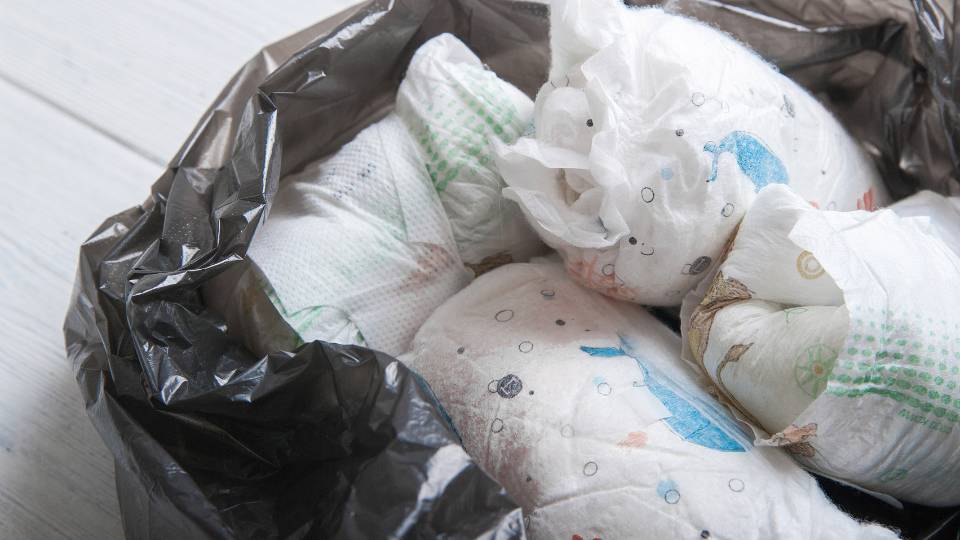
The growing concern over plastic waste has prompted various sectors to adopt more sustainable practices, and care homes are no exception.
With healthcare facilities contributing significantly to plastic waste, including single-use items and packaging, it is crucial for care homes to implement effective strategies to reduce their plastic footprint.
Here are some approaches and interesting insights into reducing plastic waste in care homes!
Table of Contents
- Using Reusable Alternatives to Plastic in Carehomes
- Sustainable Packaging and Waste Segregation
- Reduce Incineration
- Implementing Extended Producer Responsibility (EPR)
- Encouraging Recycling and Circular Economy
- Interesting Facts and Statistics about Plastic Waste in Care Homes
- Conclusion

Using Reusable Alternatives to Plastic in Carehomes
One of the most effective ways to reduce plastic waste is by transitioning from single-use to reusable items.
Historically, healthcare has relied heavily on single-use plastics for items like gloves, aprons, and syringes due to their convenience and hygiene benefits.
However, reusable alternatives can be just as effective:
Reusable Gowns & Aprons
Studies suggest that reusable gowns offer better protection than disposable plastic ones due to their superior barrier qualities, better fit, and enhanced features like reinforced seams.
They also provide environmental and economic benefits by reducing waste and lowering costs associated with disposal.
Glass Syringes
Glass syringes offer a sustainable alternative to single-use plastic syringes as they can be sterilised and reused multiple times, so therefore significantly reduce plastic waste in care homes.
These syringes are made from high quality, durable glass that can withstand repeated sterilisation without degrading, maintaining their integrity and functionality over time.
By switching to glass syringes, healthcare facilities can cut down on the large volumes of plastic waste generated by disposable syringes.
This not only helps in waste reduction but also lowers the environmental impact associated with the production and disposal of plastic syringes.

Sustainable Packaging and Waste Segregation
Plastic packaging contributes a substantial portion of healthcare waste.
Implementing sustainable packaging solutions and better waste segregation can help:
Biodegradable Packaging
Encouraging your existing suppliers to use all-paper or biodegradable packaging for medical supplies or choosing to a supplier that provides this can drastically reduce plastic waste.
Proper Waste Segregation
Training staff to segregate waste properly can ensure that only truly infectious waste is incinerated, while recyclable plastics are appropriately processed. This practice can reduce the volume of plastic waste sent to incineration.

Reduce Incineration
Incinerating plastic waste is a common practice in care homes but has significant environmental drawbacks, including high carbon emissions.
Regular audits can help identify non-infectious items that are unnecessarily incinerated, while staff training on proper disposal methods can further reduce the amount of plastic waste being burned.
Small care homes can implement viable alternatives such as using reusable items like gowns, aprons, and glass syringes, which can be sterilised and reused.
Encouraging sustainable packaging and proper waste segregation can also minimise plastic waste.
Partnering with recycling programmes and exploring biodegradable packaging options can further enhance sustainability efforts.

Implementing Extended Producer Responsibility (EPR)
What does EPR stand for?
EPR stands for “extended producer responsibility”.
EPR policies basically help to keep the producer of a product actually accountable for the entire lifetime of the products they produce, which helps when it comes to reducing waste.
Medical EPR policies hold medical manufacturers accountable for the entire lifecycle of their products, including post-consumer care home waste.
Implementing EPR benefits care homes by promoting cost savings and incentivising manufacturers to produce more sustainable products.
For example, British Columbia’s EPR policies have saved millions of dollars through enhanced waste recovery and the adoption of sustainable practices.

Encouraging Recycling and Circular Economy
Improving recycling rates and promoting a circular economy are crucial for managing plastic waste.
Currently, only 16% of plastic waste is recycled, highlighting the need for enhanced recycling efforts and infrastructure.
Care homes can contribute by partnering with specialised recycling programmes like TerraCycle, which handle items such as blister packs.
Embracing a circular economy approach, where materials are reused and recycled within the system, not only reduces waste but also conserves resources and minimises environmental impact effectively.

Interesting Facts and Statistics about Plastic Waste in Care Homes
- Plastic Production: Over 380 million tonnes of plastic are produced annually, with healthcare consuming a significant portion.
- Plastic Waste in Healthcare: In Europe, 36% of healthcare waste is plastic, and a significant portion of this is incinerated.
- UK NHS: The NHS produces around 2,500 tonnes of plastic waste daily, highlighting the urgent need for sustainable practices.

Conclusion
Reducing plastic waste in care homes is a multifaceted challenge that requires a combination of reusable alternatives, sustainable packaging, proper waste segregation, and robust recycling programmes.
By adopting these strategies, care homes can significantly lower their environmental impact and contribute to a more sustainable future.








